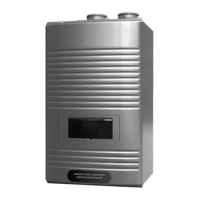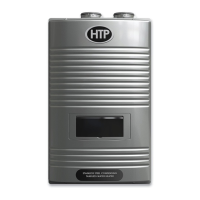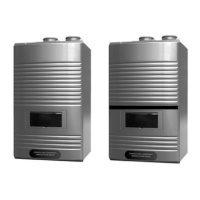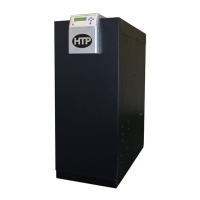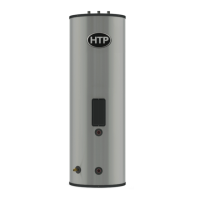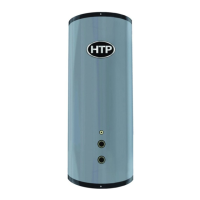Hydra Smart
Tankless Water Heaters
Installation
Start-Up
Maintenance
Parts
Warranty
RT-150 / 199* Models
* “LP” Denotes Propane Gas
This manual must only be used by a qualied installer / service technician. Read all instructions in this manual before installing.
Perform steps in the given order. Failure to do so could result in substantial property damage, severe personal injury, or death.
The manufacturer reserves the right to make product changes or updates without notice and will not be held liable for
typographical errors in literature.
NOTE TO CONSUMER: PLEASE KEEP ALL INSTRUCTIONS FOR FUTURE REFERENCE.
272 Duchaine Blvd. New Bedford, MA 02745 www.htproducts.com
lp-505 Rev. 000 Rel. 015 Date 1.7.20
The surfaces of these products contacted by potable (consumable) water contain less than 0.25% lead by weight as required
by the Safe Drinking Water Act, Section 1417.
Improper installation, adjustment, alteration, service, or maintenance could void product warranty and cause property
damage, severe personal injury, or death.
California Proposition 65 Warning: This product contains chemicals known to the State of California to cause cancer, birth
defects, or other reproductive harm.
